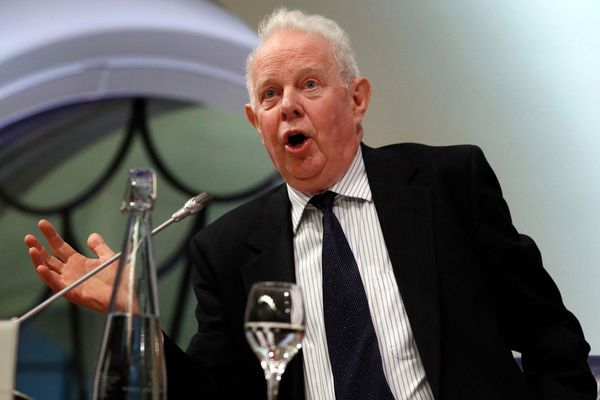
Porsche is reportedly working on a flagship electric model to sit at the very top of its range, above the Cayenne, Panamera and Taycan. It will apparently be a taller vehicle, although it won’t look like a traditional SUV, and it will offer three rows of seats, which means it’s also going to be the biggest vehicle to ever wear a Porsche badge.
The news was confirmed by Porsche CEO Oliver Blume who told Automotive news that
We plan to add a new luxury, all-electric SUV model to our attractive portfolio, which will roll off the production line in Leipzig. This will further expand our position in the luxury automotive segment. We are targeting the higher margin segments in particular and aim to tap into new sales opportunities in this way.
The model is internally known as “K1” and it should debut around the year 2025, along with an all-electric replacement for the 718 sports car. Porsche wants half of the vehicles it sells to be plug-in hybrids or full EVs by 2025, and it expects the share to increase to 80 percent by the end of the decade.
Not much is known about the upcoming three-row electric SUV, but Porsche did say it will feature technology from the Mission R concept revealed last year. Some of the study’s innovations included a 920-volt electrical system and NFRP (short for natural fiber-reinforced plastic) instead of CFRP (carbon fiber-reinforced plastic) for some of the structure and body panels - this is said to make the vehicle more sustainable.
It is expected to be revealed in 2025, and then go on sale one year later in all of Porsche’s main markets including the United States. By that time, Porsche will have two EVs in its portfolio, the Taycan and Macan EV, and in 2026 it will also introduce an all-new, all-electric replacement for the current Panamera, as well as the aforementioned 718 electric replacement.
In the early 2030s, Porsche will probably only keep one internal combustion-engined vehicle in its lineup, the 911. The manufacturer has stated in the past that it does not plan to electrify the 911, although we have heard reports that 911s with electrified powertrains will eventually join the range. And they may even have solid-state batteries, which could become viable for use in production vehicles if their cost drops sufficiently by the year 2030.







